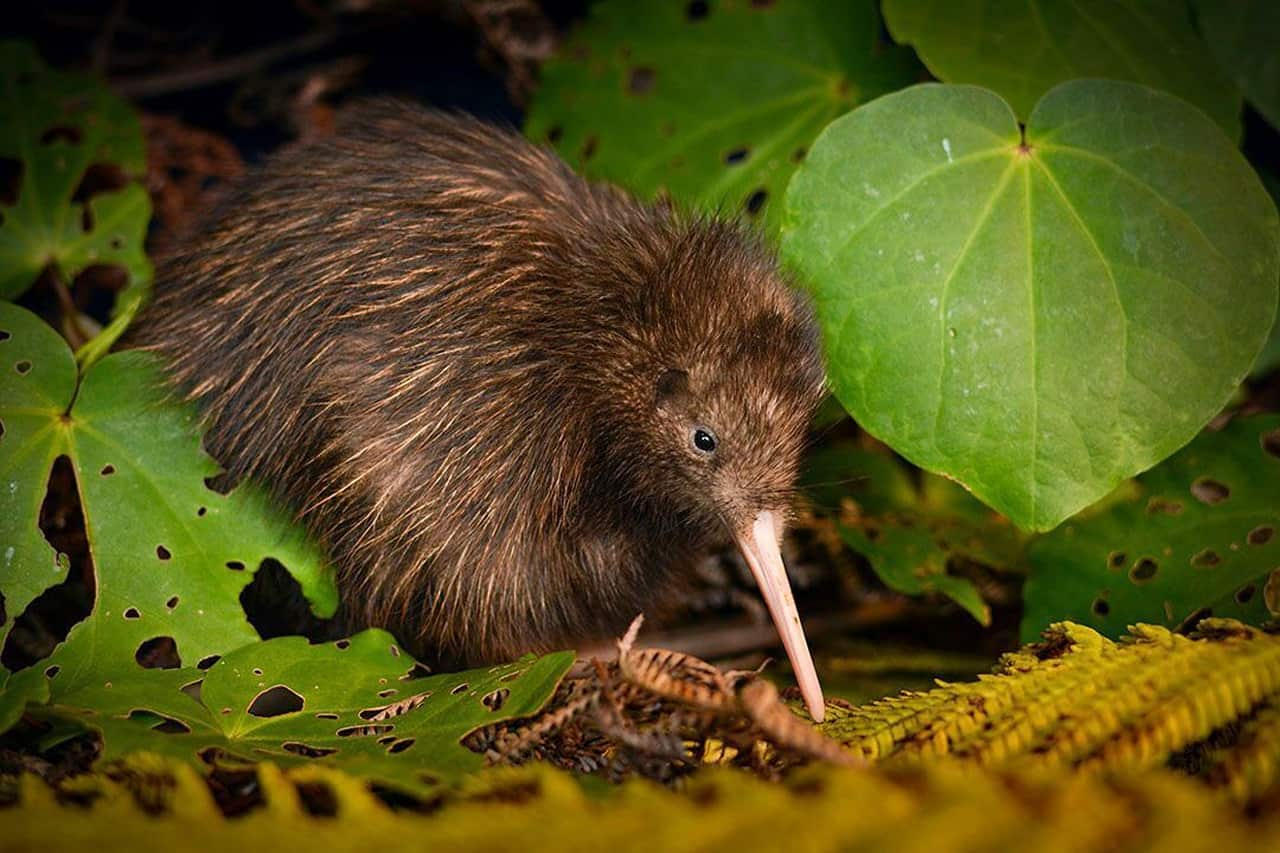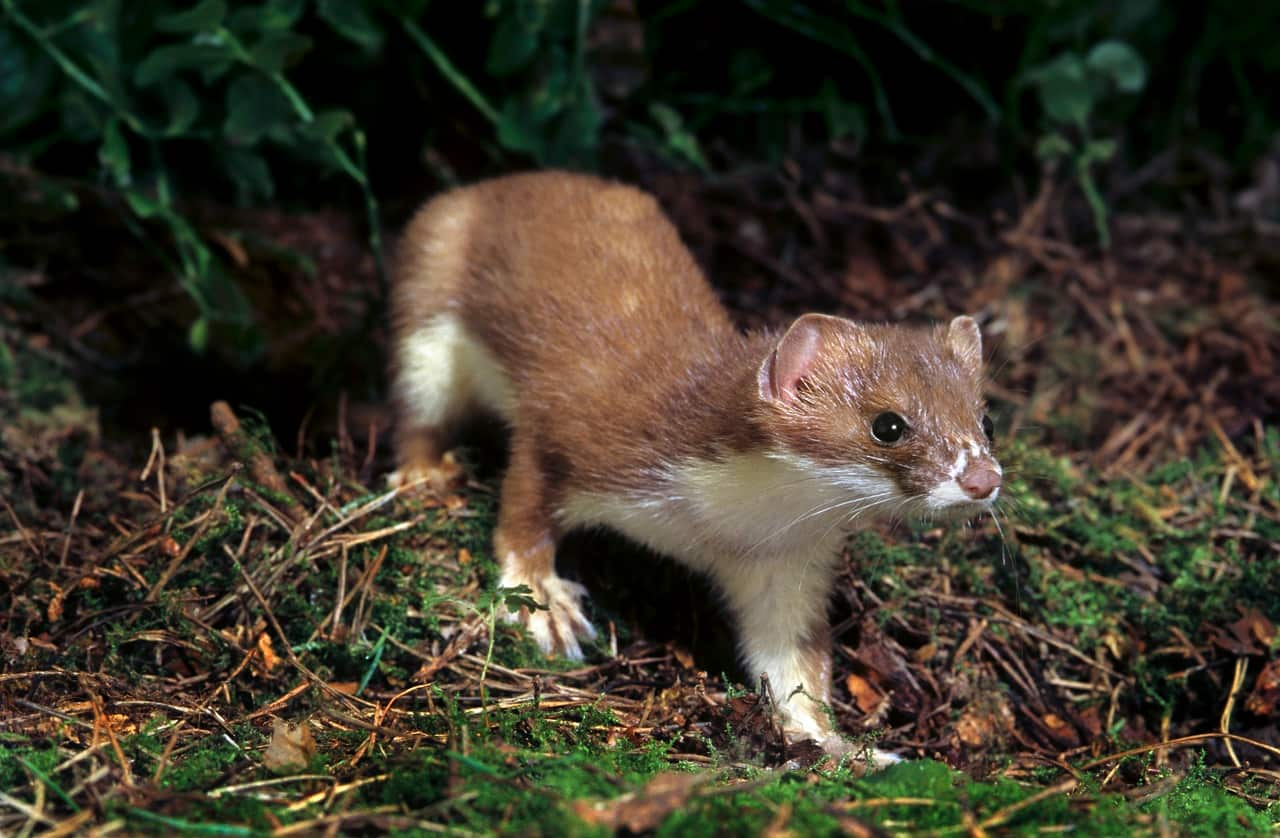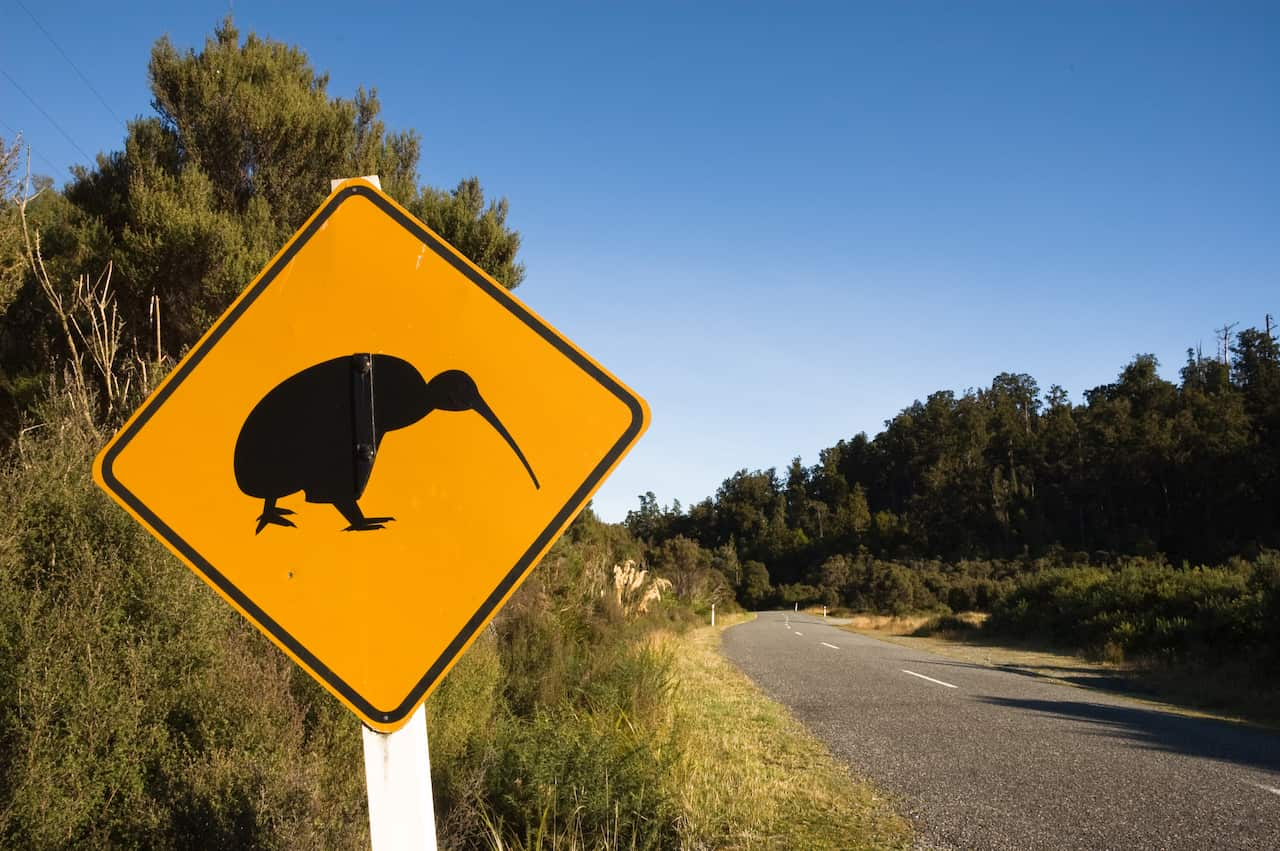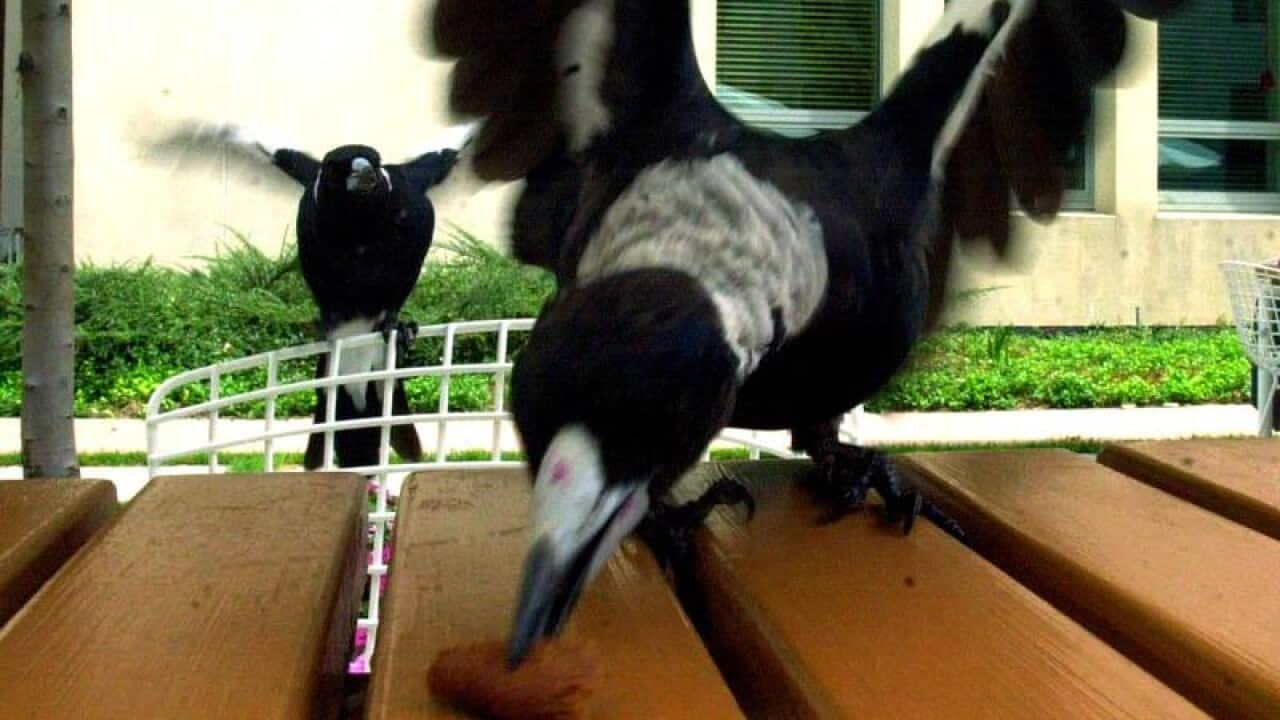A new project is underway to reintroduce New Zealand's national bird to the suburbs and streets of the country's capital.
The Capital Kiwi project, which kicked off this week, is on a mission to make kiwi a familiar sight in Wellington within the next decade.
The bird was once endemic to the area, but development and predators forced them out decades ago.
Work started this week on laying some of the 4,400 traps around the city in a bid to make it safe for the bird.

A kiwi in the wild. Source: AAP
Project lead Paul Ward told the New Zealand Herald that laying the traps, intended to snare predators such as weasels, ferrets and especially stoats, was the biggest step to help kiwi "live alongside us".
Mr Ward said only 4-5 per cent of kiwi chicks survive until adulthood, while in controlled areas upwards of 20 per cent do.

Stoats are 'public enemy number one' for New Zealand birds. Source: Getty
"It's a highly ambitious project but it's also achievable. We're at the start line now and we just have to go out there and catch a heap of stoats," he said to the newspaper.
"In August, the government-run Predator Free 2050 initiative committed $3.2 million to boost Predator Free Wellington and Capital Kiwi over five years," it said.

A Kiwi roadside sign in New Zealand. Source: Getty
New Zealand's Department of Conservation says there are only about 68,000 kiwi left in the wild.
"We're losing 2 per cent of our unmanaged kiwi every year – that's around 20 per week," material from the department says.
"They are a symbol for the uniqueness of New Zealand wildlife and the value of our natural heritage ... The bird itself is a taonga [treasure] to Maori, who have strong cultural, spiritual and historic associations with kiwi."
Share


